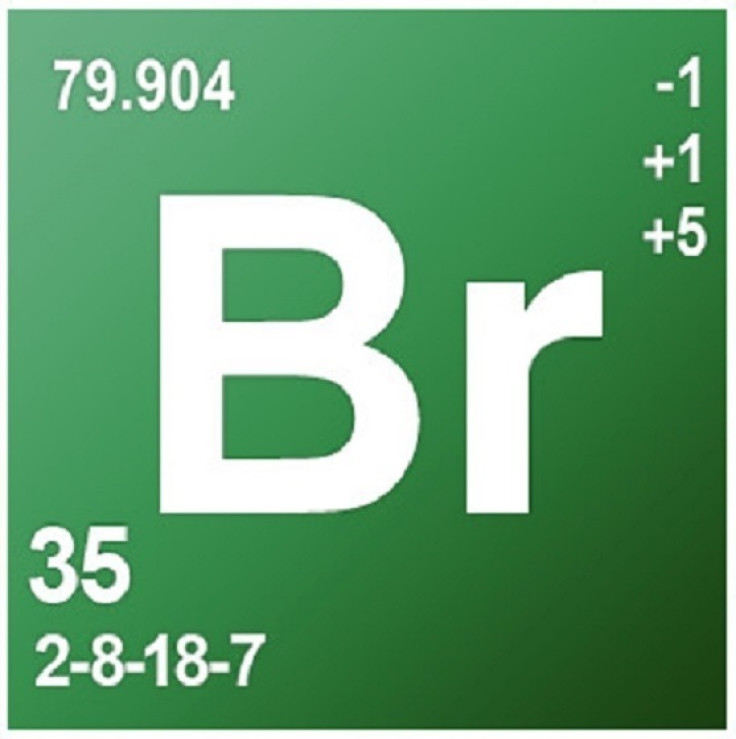Bromine Becomes 28th Essential Element for Life: 'Without Bromine, There Are No Animals'

Bromine has become the 28<sup>th chemical element to be declared essential for the existence of life.
Scientists writing in the journal Cell found that of the 92 naturally occurring chemical elements in the universe, bromine is essential for tissue development in all animals, from humans to early sea creatures.
Bromine, which has the symbol Br, was isolated by chemists Carl Jacob Löwig and Antoine Jerome Balard in 1825–1826. It is corrosive and toxic, and at room temperature it is a red-brown liquid.
"Without bromine, there are no animals. That's the discovery," said Billy Hudson, senior author of the study.
Hudson said he first began researching bromine 30 years ago when he was working on two rare kidney diseases. He discovered two previously unknown proteins that twist to form the triple-helical collagen IV molecule, which when defective or damaged causes disease.
In 2009, Hudson's colleagues discovered a novel sulfilimine bond between a sulfur atom and a nitrogen atom, which acts as a fastener to connect collagen IV molecules that are forming scaffolds.
They found a defective bond can trigger a rare auto-immune disease, which raised the question of how the bond was formed in the first place.
Three years later they found the answer was the enzyme peroxidasin, which is conserved across the animal kingdom and may play a role in disease – an overactive enzyme could lead to the deposition of collagen IV and the thickening of the basement membrane which impairs kidney function.
Hudson and his team have now demonstrated that ionic bromide is a 'co-factor' that allows peroxidasin to form the sulfilimine bond.
To test their theory, they showed that fruit flies died when bromine was removed from their diet, but survived when it was restored.
"[Bromine is] essential for animal development and tissue architecture," the authors report, adding that their finding has important implications for the treatment of disease where patients are bromine deficient.
© Copyright IBTimes 2024. All rights reserved.






